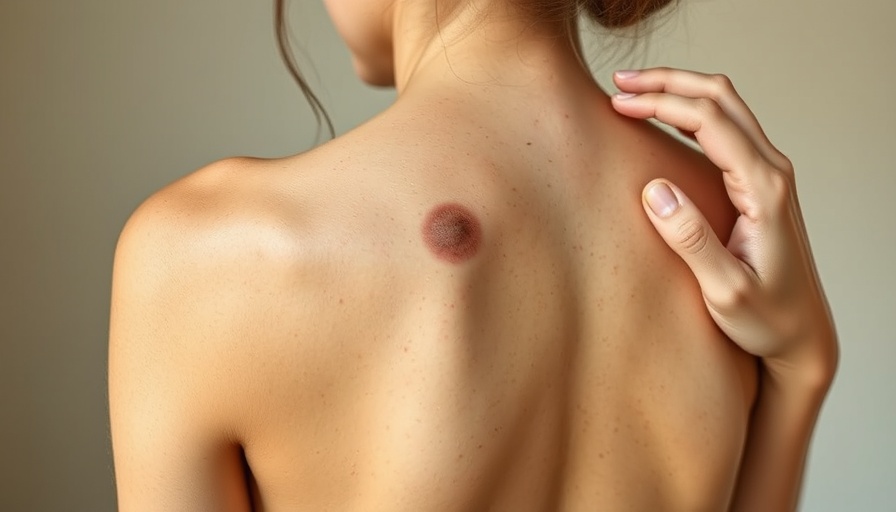
Understanding Skin Cancer: The Silent Threat
As summer approaches, the shining sun brings both joy and an increased risk of skin damage. It's a stark reminder from dermatologists to shield our skin with effective sunscreen, as neglecting this simple step can lead to serious consequences, including skin cancer. Did you know that skin cancer is the most prevalent cancer in the United States, affecting more people than all other types combined? This isn't just a statistic; it highlights the importance of regular skin self-exams and the need to differentiate between benign conditions, like pimples, and potential skin threats. Board-certified dermatologist Deborah S. Sarnoff, MD, emphasizes that while some skin cancers can resemble simple acne, they require immediate attention.
Pimples vs. Skin Cancer: Knowing the Differences
Understanding the key differences between skin cancer and a pimple is essential for early detection. Toxic blemishes often present as red, inflamed spots that resolve within two weeks. In contrast, basal cell carcinoma—a common type of skin cancer—may mimic a pimple but persists longer and can even bleed, indicating it’s time for a medical evaluation. If you notice a spot that is new, changing, or one that lasts beyond two weeks, visiting a dermatologist is crucial. Early-stage skin cancer is often highly treatable, yet awareness is the first step to you making a difference.
Uncommon Areas to Check: The Hidden Spots
It's vital to remember that skin cancer can appear in unexpected locations. While places like the arms and face are obvious, the scalp, ears, and even lips are often overlooked during self-exams. Dr. Sarnoff suggests that asking your hairdresser to check your scalp can be helpful, as they may notice irregularities you might miss during a self-check. Staying vigilant about checking these areas is another line of defense in skin health.
How to Prepare for Removal: Avoiding Scarring
If you need to remove a suspected skin cancer growth, it's essential to choose a specialist who can perform Mohs surgery, known for its high cure rate and potential to minimize scarring. Not every dermatologist is trained in this delicate procedure, so selecting a highly qualified surgeon is paramount. This proactive step can help ensure you maintain both health and appearance in the end.
Your Action Plan: Stay Vigilant for Healthy Skin
In light of the knowledge shared, it’s time for action. Regular skin checks and understanding the signs of skin cancer can be life-saving. Remember, continue protecting your skin against harmful UV rays with sunscreen and never hesitate to consult a dermatologist if something seems off. By taking these preventative measures now, you pave the way for healthier skin in the future. Don't wait; your skin's health is worth the effort!
 Add Row
Add Row  Add Element
Add Element 



Write A Comment